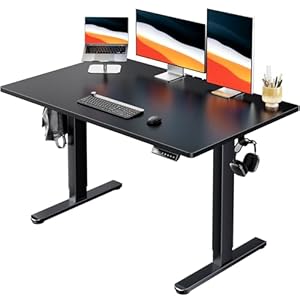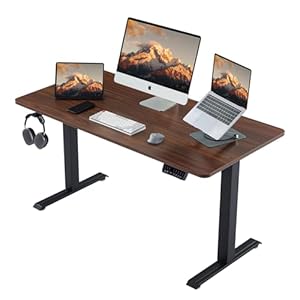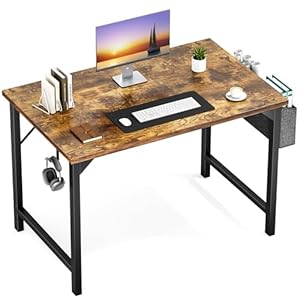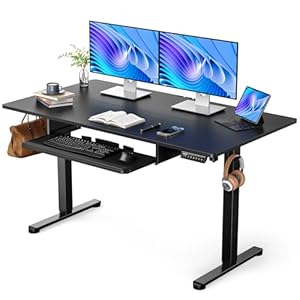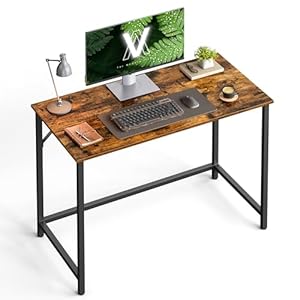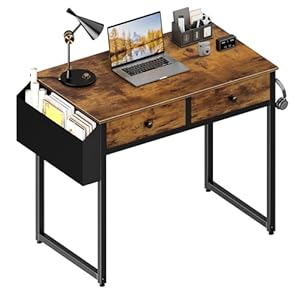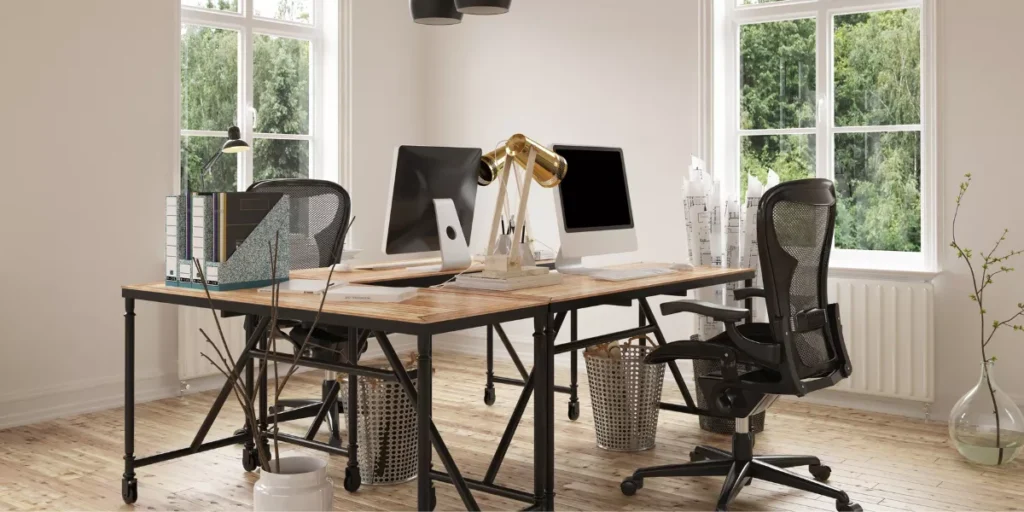
When creating a home office setup for two individuals, it’s crucial to strike a balance between functionality and personal space. By carefully considering the layout, furniture arrangement, and individual work styles, you can cultivate a harmonious environment that fosters productivity and creativity. Remember, the key lies not only in the physical design but also in the thoughtful incorporation of elements that cater to each person’s unique needs and preferences. So, how can you ensure that both occupants thrive in their shared workspace?
Space Planning
When designing a home office for two, ensure the space allows for separate work areas to maximize productivity and minimize distractions. Creating distinct zones for each person can help establish boundaries and enhance focus.
Start by positioning desks facing away from each other or using room dividers to delineate individual workspaces. It’s crucial to consider factors like natural light and noise levels when arranging the layout. Optimal positioning of desks can prevent glare on computer screens and reduce unwanted sounds from interfering with tasks.
Additionally, investing in noise-canceling headphones or soundproofing materials can further enhance the work environment for both individuals. By strategically planning the space to cater to the unique needs of each person, you can cultivate a harmonious work setting that promotes efficiency and concentration.
Furniture Selection
To optimize the functionality of your shared home office space, carefully select furniture that complements the distinct work areas for each individual. Start by choosing desks that fit the available space and provide ample room for both partners to work comfortably. Consider adjustable desks or ones with different heights to cater to varying preferences. Ergonomic chairs are crucial for long hours of work, so select ones that offer proper support and can be customized for each person’s needs.
Storage is key in a shared office to keep things organized. Opt for filing cabinets, shelves, or drawers that can be assigned to each individual to store their documents and supplies conveniently. Additionally, consider a shared storage unit for items used jointly, such as a printer or stationery.
When it comes to lighting, ensure that each workspace is well-lit and that there are no glares on computer screens. Adjustable desk lamps or overhead lighting can help customize the lighting for each person’s tasks. Lastly, don’t forget about incorporating personal touches through decor and accessories to make the shared space feel inviting and inspiring.
Personalization
Want to infuse your shared home office with personality and style? Personalization is key to creating a workspace that reflects both your individual tastes and your collaborative spirit. Start by incorporating elements that showcase your unique personalities while maintaining a cohesive look. Consider adding personal touches like artwork, photographs, or decorative items that hold special meaning to both of you. This can help create a sense of belonging and make the space feel more inviting.
Additionally, you can personalize your shared home office by choosing colors and patterns that resonate with both of you. Whether you opt for a bold accent wall or coordinating color schemes, make sure the design choices reflect your shared aesthetic. Integrate elements that inspire creativity and productivity, such as motivational quotes or plants. By personalizing your workspace together, you can create a harmonious environment that fuels your productivity and fosters a sense of partnership.
Organization Solutions
Considering your shared workspace, implementing effective organization solutions is essential for maximizing efficiency and minimizing clutter.
Start by investing in dual-purpose furniture like desks with built-in storage or shelves to optimize space. Utilize drawer dividers, desk organizers, and cable management tools to keep cords tidy and easily accessible for both you and your partner.
Consider color-coding or labeling storage containers and files to ensure seamless organization and quick identification of documents or supplies. Implement a shared calendar or task management system to coordinate schedules and deadlines efficiently.
To minimize distractions, designate specific zones for each person’s work essentials and create a system for easily sharing common resources. Regularly declutter and reevaluate your organizational strategies to adapt to changing needs and maintain a streamlined workspace.
Trending Products

